Home>Furniture & Design>Interior Design Trends>How To Tell Real Gemstones From Glass
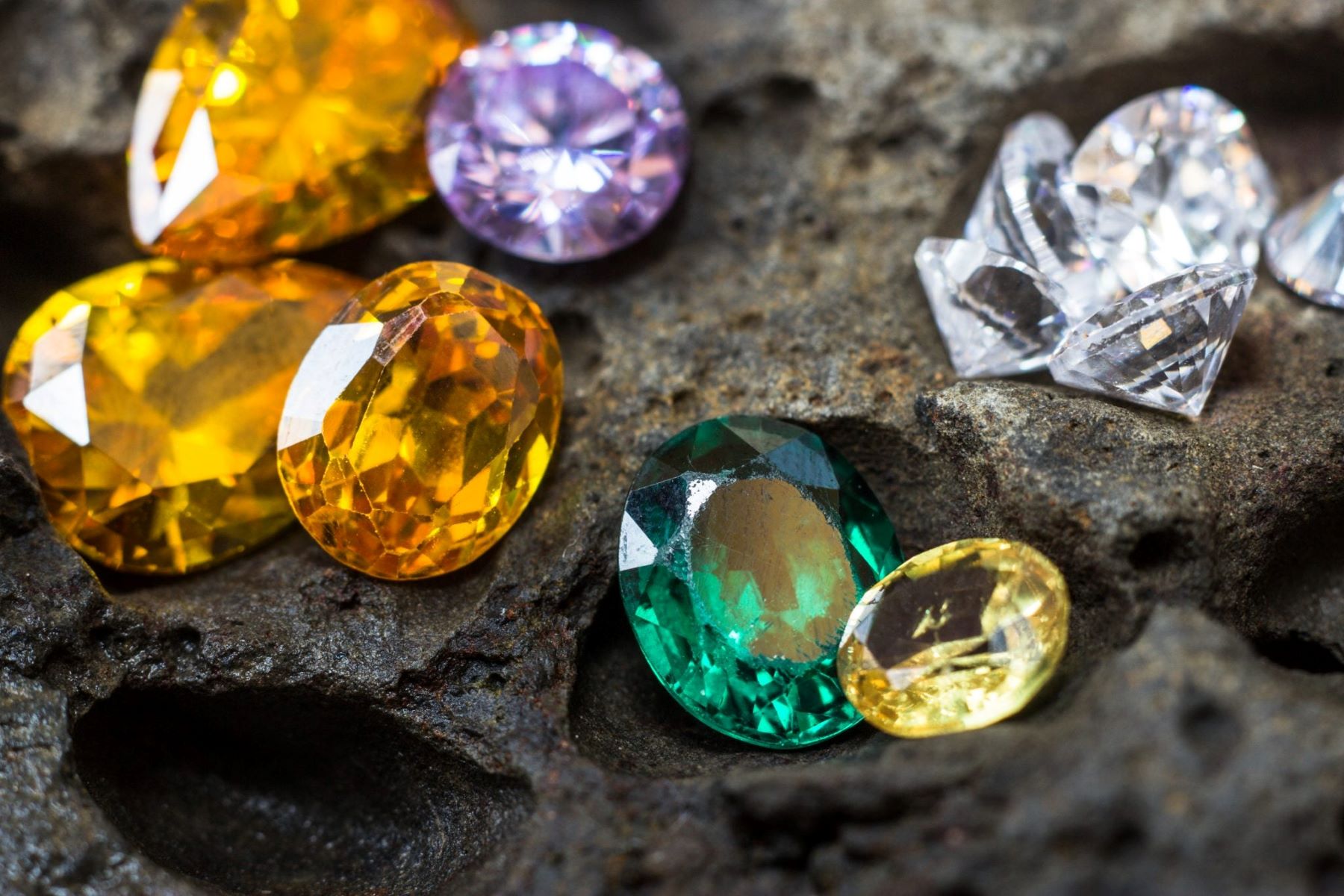

Interior Design Trends
How To Tell Real Gemstones From Glass
Published: February 6, 2024
Learn how to distinguish real gemstones from glass and stay updated on the latest interior design trends with our expert tips and advice. Discover the best ways to incorporate interior design trends into your home.
(Many of the links in this article redirect to a specific reviewed product. Your purchase of these products through affiliate links helps to generate commission for Storables.com, at no extra cost. Learn more)
Introduction
Gemstones have captivated human fascination for centuries, revered for their exquisite beauty, rarity, and enduring value. These precious stones, formed deep within the Earth over millions of years, hold a timeless allure that transcends cultures and generations. However, the allure of gemstones has also led to the proliferation of imitations and synthetic substitutes, making it essential for enthusiasts and buyers to discern the authenticity of these treasures.
Distinguishing genuine gemstones from their glass counterparts requires a keen eye, an understanding of their unique characteristics, and often the use of specialized tools. Whether you are an avid collector, a jewelry enthusiast, or someone considering a gemstone purchase, the ability to differentiate between real gemstones and glass imitations is a valuable skill that can safeguard against deception and ensure the acquisition of genuine, high-quality gemstones.
In this comprehensive guide, we will delve into the intricate world of gemstones and glass imitations, exploring the distinct features that set authentic gemstones apart from their simulated counterparts. We will uncover the telltale signs that reveal the true nature of these precious stones, empowering you to make informed decisions and appreciate the genuine beauty of natural gemstones. Additionally, we will discuss the various tools and techniques used to test the authenticity of gemstones, providing you with valuable insights into the fascinating realm of gemstone identification.
Join us on this enlightening journey as we unravel the mysteries of gemstones and glass imitations, equipping you with the knowledge and expertise to distinguish between the real and the counterfeit in the captivating world of gemstones.
Key Takeaways:
- Distinguishing real gemstones from glass imitations involves looking for hardness, luster, color, and refractive index. Understanding these features helps protect against fake gemstone purchases.
- Using specialized tools like loupes, refractometers, and spectrometers, along with consulting professional gemologists, ensures accurate gemstone authentication and safeguards against deceptive practices.
Read more: How To Tell If A Gemstone Is Real Or Glass
Understanding the Characteristics of Gemstones
Gemstones, also known as precious or semi-precious stones, are natural minerals revered for their exceptional beauty, rarity, and durability. Understanding the unique characteristics of gemstones is essential in distinguishing them from glass imitations. Here are the key features that define genuine gemstones:
-
Hardness: One of the fundamental characteristics of gemstones is their hardness, measured on the Mohs scale. This scale ranks minerals from 1 (softest) to 10 (hardest), with diamonds being the hardest natural substance at the top of the scale. Genuine gemstones exhibit varying degrees of hardness, with popular examples such as sapphires and rubies scoring high on the Mohs scale, indicating their resistance to scratches and abrasions.
-
Luster: The luster of a gemstone refers to its shine and reflective quality. Natural gemstones often possess a captivating luster that emanates from within, attributed to their crystalline structure and refractive properties. This distinctive luster sets genuine gemstones apart from glass imitations, which may appear dull or lack the mesmerizing brilliance characteristic of authentic gemstones.
-
Color and Clarity: The color and clarity of a gemstone are integral to its identity and value. Genuine gemstones exhibit a rich and vibrant color palette, often with unique inclusions and imperfections that contribute to their allure. Natural gemstones may display a range of hues, from deep, velvety blues in sapphires to the fiery reds of rubies, each with its own distinct charm. In contrast, glass imitations may lack the depth and complexity of color found in authentic gemstones, often appearing uniform and artificial upon close inspection.
-
Refractive Index: Gemstones possess a refractive index, which determines how light behaves as it passes through the stone. This property gives rise to the mesmerizing play of light and color known as "fire" in gemstones such as diamonds and opals. The refractive index of genuine gemstones contributes to their scintillating brilliance and spectral display, a characteristic that is challenging to replicate in glass imitations.
By familiarizing oneself with these defining characteristics, one can develop a discerning eye for genuine gemstones, appreciating their natural beauty and intrinsic qualities. This understanding forms the foundation for distinguishing between authentic gemstones and their glass counterparts, ensuring that the allure of these precious stones endures with timeless authenticity.
Identifying Glass Imitations
Identifying glass imitations of gemstones requires a meticulous examination of their visual and physical attributes. While glass may bear a superficial resemblance to genuine gemstones, several key distinctions can unveil its true nature. Here are the essential factors to consider when identifying glass imitations:
Visual Inspection
Upon initial inspection, the visual characteristics of a stone can provide valuable clues regarding its authenticity. Glass imitations often lack the depth and complexity of color found in natural gemstones. They may exhibit uniform and artificial coloration, appearing overly vibrant or lacking the nuanced hues and inclusions typical of genuine gemstones. Additionally, glass imitations may display air bubbles or swirl marks, which are uncommon in natural gemstones and serve as telltale signs of their synthetic origin.
Transparency and Clarity
Transparency and clarity are crucial indicators of a gemstone's authenticity. Genuine gemstones possess a natural clarity and transparency that allows light to pass through them, creating captivating visual effects. In contrast, glass imitations may exhibit a uniform and flawless appearance, lacking the natural imperfections and inclusions characteristic of authentic gemstones. When examining a stone, observing its transparency and scrutinizing it for any artificial clarity can reveal its true identity.
Read more: How To Tell If Milk Glass Is Real
Weight and Temperature
The weight and temperature of a stone can also offer valuable insights into its composition. Glass imitations are often lighter than their genuine counterparts, as natural gemstones have a higher density. Additionally, when held in the hand, glass imitations may feel warmer to the touch compared to authentic gemstones, which tend to remain cooler due to their superior thermal conductivity. These subtle differences in weight and temperature can aid in distinguishing between real gemstones and glass imitations.
Refractive Properties
The refractive properties of a stone, particularly its ability to disperse light and exhibit spectral colors, can be a definitive indicator of its authenticity. Genuine gemstones possess a unique refractive index that gives rise to their mesmerizing play of light, known as "fire." When observed under proper lighting, the spectral display of colors in natural gemstones is a hallmark of their authenticity. In contrast, glass imitations may lack the distinct play of light and color associated with genuine gemstones, aiding in their differentiation.
By attentively assessing these visual, physical, and optical characteristics, one can effectively discern between genuine gemstones and glass imitations. This discernment is invaluable in safeguarding against deceptive practices and ensuring the acquisition of authentic, high-quality gemstones that embody the timeless allure of natural treasures.
Using Tools to Test for Authenticity
In the quest to distinguish genuine gemstones from their imitations, the utilization of specialized tools plays a pivotal role in the authentication process. These tools enable gemstone enthusiasts, jewelers, and gemologists to conduct precise assessments, unveiling the true nature of these precious stones. Here are some essential tools used to test the authenticity of gemstones:
1. Loupe and Microscope
A jeweler's loupe, typically a small magnification device, allows for detailed examination of a gemstone's surface and internal features. By inspecting the stone under magnification, one can identify natural inclusions, growth patterns, and other unique characteristics that are indicative of genuine gemstones. Microscopes equipped with polarizing filters further aid in the examination of a stone's crystal structure, revealing telltale signs of natural formation.
Read more: How To Tell If A Gem Is Real Or Glass
2. Refractometer
A refractometer is an indispensable tool for measuring a gemstone's refractive index, which is a key determinant of its authenticity. By assessing how light bends as it enters the stone, gemologists can compare the refractive index of the specimen against known values for various gemstones. This enables the identification of gemstone imitations that may exhibit different refractive properties than their natural counterparts.
3. Spectroscope
A spectroscope is utilized to analyze the spectral signature of a gemstone, revealing the unique patterns of light absorption and emission. This tool assists in identifying specific elements or impurities within the stone, providing valuable insights into its composition and origin. By comparing the spectral patterns against known references, gemologists can ascertain the authenticity of a gemstone based on its distinctive spectral characteristics.
4. Conductivity Tester
Conductivity testers are employed to assess a gemstone's thermal conductivity, aiding in the differentiation between natural gemstones and their synthetic or imitation counterparts. Genuine gemstones, such as diamonds, exhibit high thermal conductivity, allowing them to dissipate heat rapidly. By measuring the stone's response to thermal conductivity testing, gemologists can discern between natural gemstones and potential imitations that may exhibit different conductive properties.
5. Ultraviolet (UV) Lamp
UV lamps are utilized to assess a gemstone's fluorescence, which can provide valuable clues about its authenticity. Different gemstones exhibit varying degrees of fluorescence when exposed to ultraviolet light, with natural stones displaying characteristic fluorescence patterns. By subjecting a gemstone to UV light and observing its fluorescence behavior, gemologists can gather essential information to aid in the authentication process.
By leveraging these specialized tools and techniques, gemstone enthusiasts and professionals can conduct thorough assessments to determine the authenticity of gemstones. These tools empower individuals to make informed decisions, ensuring the acquisition of genuine, high-quality gemstones that embody the timeless allure and enduring value of natural treasures.
Consulting with a Professional Gemologist
Seeking the expertise of a professional gemologist is a prudent and invaluable step in the journey to authenticate gemstones. These highly skilled individuals possess a deep understanding of gemology, the science of gemstones, and are equipped with the knowledge, experience, and specialized tools necessary to conduct comprehensive assessments. Consulting with a professional gemologist offers a multifaceted approach to gemstone authentication, providing a level of expertise and insight that is indispensable in discerning the authenticity of precious stones.
Professional gemologists are adept at employing a diverse array of testing methods, including advanced spectroscopic analysis, refractometry, and microscopic examinations, to scrutinize the unique characteristics of gemstones. Their keen eye for detail allows them to identify natural inclusions, growth patterns, and other distinctive features that are indicative of genuine gemstones. By leveraging their expertise and utilizing state-of-the-art equipment, gemologists can unravel the complexities of gemstone authenticity, offering definitive assessments that are grounded in scientific rigor.
Furthermore, the guidance of a professional gemologist extends beyond the realm of technical analysis. These experts possess a wealth of knowledge regarding the origins, properties, and market dynamics of various gemstones. Their insights into the geological formations, geographic sources, and historical significance of gemstones contribute to a holistic understanding of these precious treasures. Whether evaluating a rare, one-of-a-kind gemstone or assessing the quality of a gemstone for a potential purchase, the expertise of a professional gemologist ensures that every facet of the gemstone is meticulously examined and authenticated.
In addition to their technical proficiency, professional gemologists adhere to ethical standards and best practices in the gemstone industry. Their commitment to upholding integrity and transparency in gemstone transactions instills confidence in buyers, collectors, and industry professionals alike. By seeking the counsel of a reputable gemologist, individuals can navigate the complexities of the gemstone market with assurance, knowing that they are receiving accurate assessments and unbiased guidance.
Ultimately, consulting with a professional gemologist offers a comprehensive and authoritative approach to gemstone authentication. Their expertise, scientific acumen, and ethical integrity converge to provide a trusted resource for individuals seeking to verify the authenticity and value of gemstones. Whether unraveling the mysteries of a rare gemstone or confirming the quality of a cherished heirloom, the guidance of a professional gemologist illuminates the path to understanding and appreciating the timeless allure of genuine gemstones.
Conclusion
In the captivating realm of gemstones, the ability to discern between genuine treasures and their glass imitations is a skill that transcends mere observation; it is an art form that celebrates the enduring allure of natural beauty. As we conclude this enlightening journey into the world of gemstone authentication, it becomes evident that the appreciation of genuine gemstones extends far beyond their material value. It is a celebration of nature's artistry, geological marvels, and the timeless allure of these precious treasures.
By understanding the fundamental characteristics of gemstones, from their hardness and luster to their refractive properties and unique colorations, we gain a profound appreciation for the natural wonders that have captivated humanity for millennia. The intricate interplay of light, color, and crystalline structures within genuine gemstones unveils a world of mesmerizing beauty that transcends mere aesthetics. It is a testament to the Earth's geological processes, the passage of time, and the exquisite craftsmanship of nature.
The journey of identifying glass imitations has illuminated the subtle nuances and telltale signs that distinguish authentic gemstones from their synthetic counterparts. From visual inspections to the utilization of specialized tools, we have uncovered the meticulous art of discernment, enabling individuals to safeguard against deceptive practices and ensure the acquisition of genuine, high-quality gemstones.
The utilization of specialized tools, from loupes and refractometers to spectrometers and conductivity testers, has empowered gemstone enthusiasts and professionals to conduct precise assessments, unveiling the true nature of these precious stones. These tools serve as gateways to the inner world of gemstones, allowing us to peer into their unique characteristics and unravel the mysteries of their authenticity.
Consulting with professional gemologists emerges as a pivotal step in the quest for gemstone authentication. Their expertise, scientific acumen, and ethical integrity converge to provide a trusted resource for individuals seeking to verify the authenticity and value of gemstones. By seeking the counsel of reputable gemologists, individuals can navigate the complexities of the gemstone market with assurance, knowing that they are receiving accurate assessments and unbiased guidance.
As we conclude this exploration, it is evident that the journey of gemstone authentication is a testament to the enduring allure of these natural treasures. It is a celebration of authenticity, integrity, and the timeless beauty that transcends generations. With a discerning eye, a wealth of knowledge, and a reverence for the natural world, we can continue to cherish and safeguard the genuine splendor of gemstones, ensuring that their timeless allure endures with unwavering authenticity.
Frequently Asked Questions about How To Tell Real Gemstones From Glass
Was this page helpful?
At Storables.com, we guarantee accurate and reliable information. Our content, validated by Expert Board Contributors, is crafted following stringent Editorial Policies. We're committed to providing you with well-researched, expert-backed insights for all your informational needs.
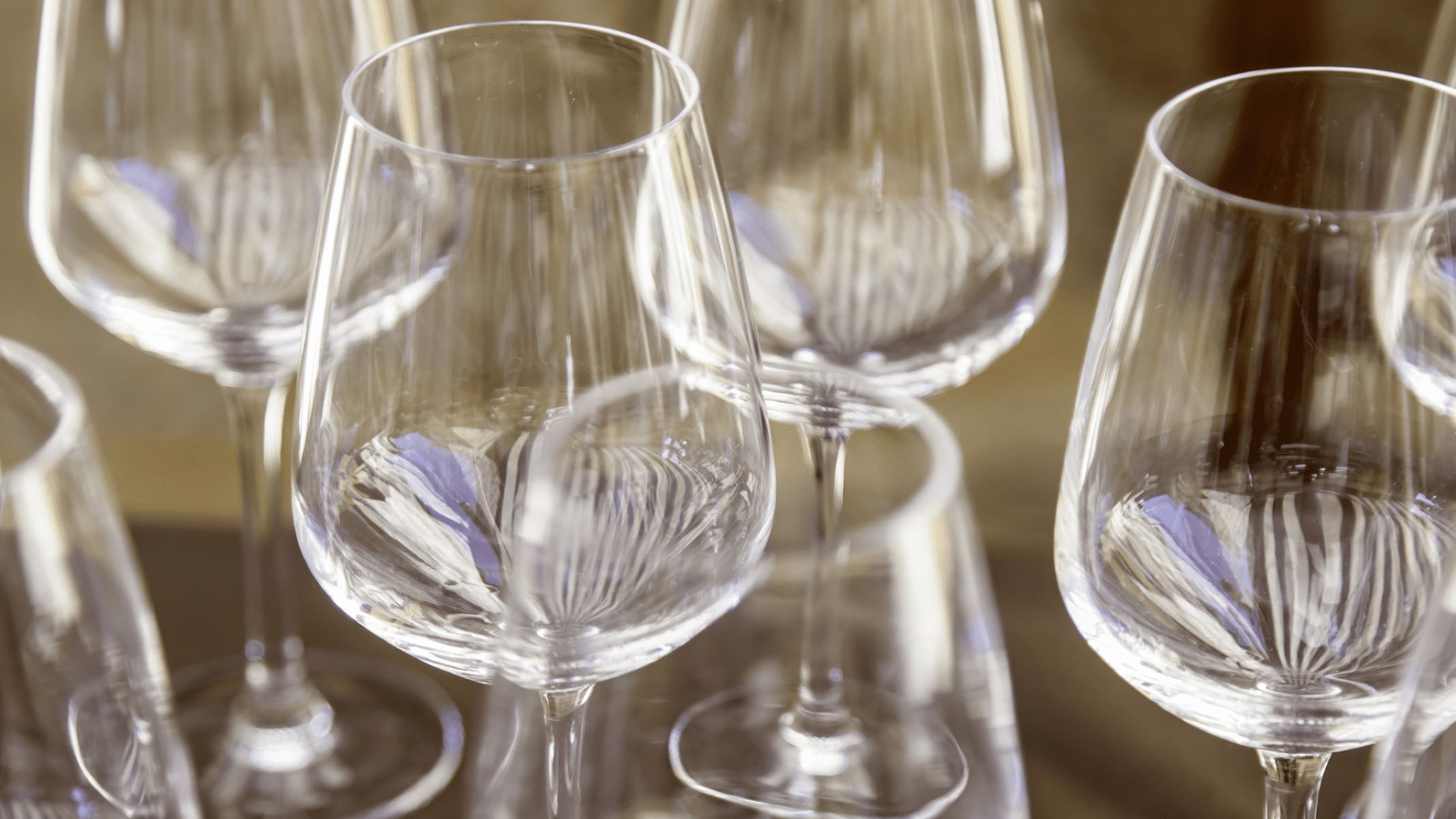
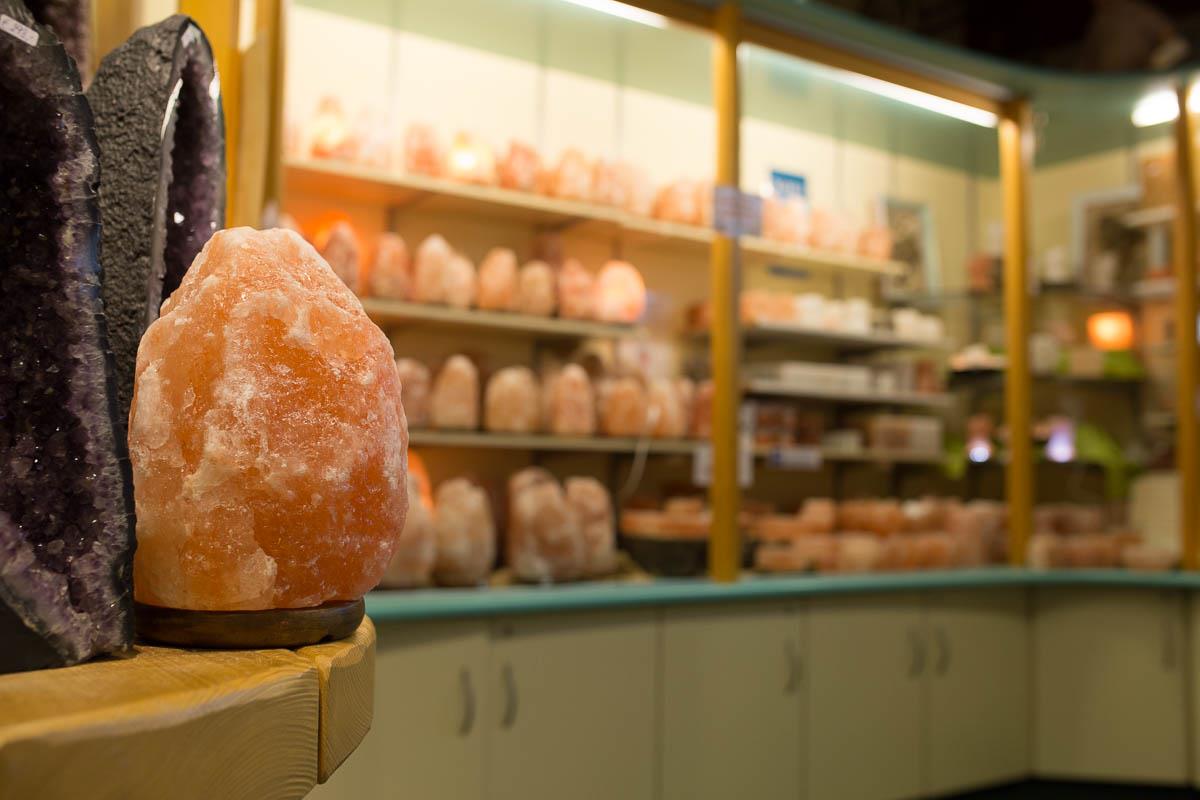


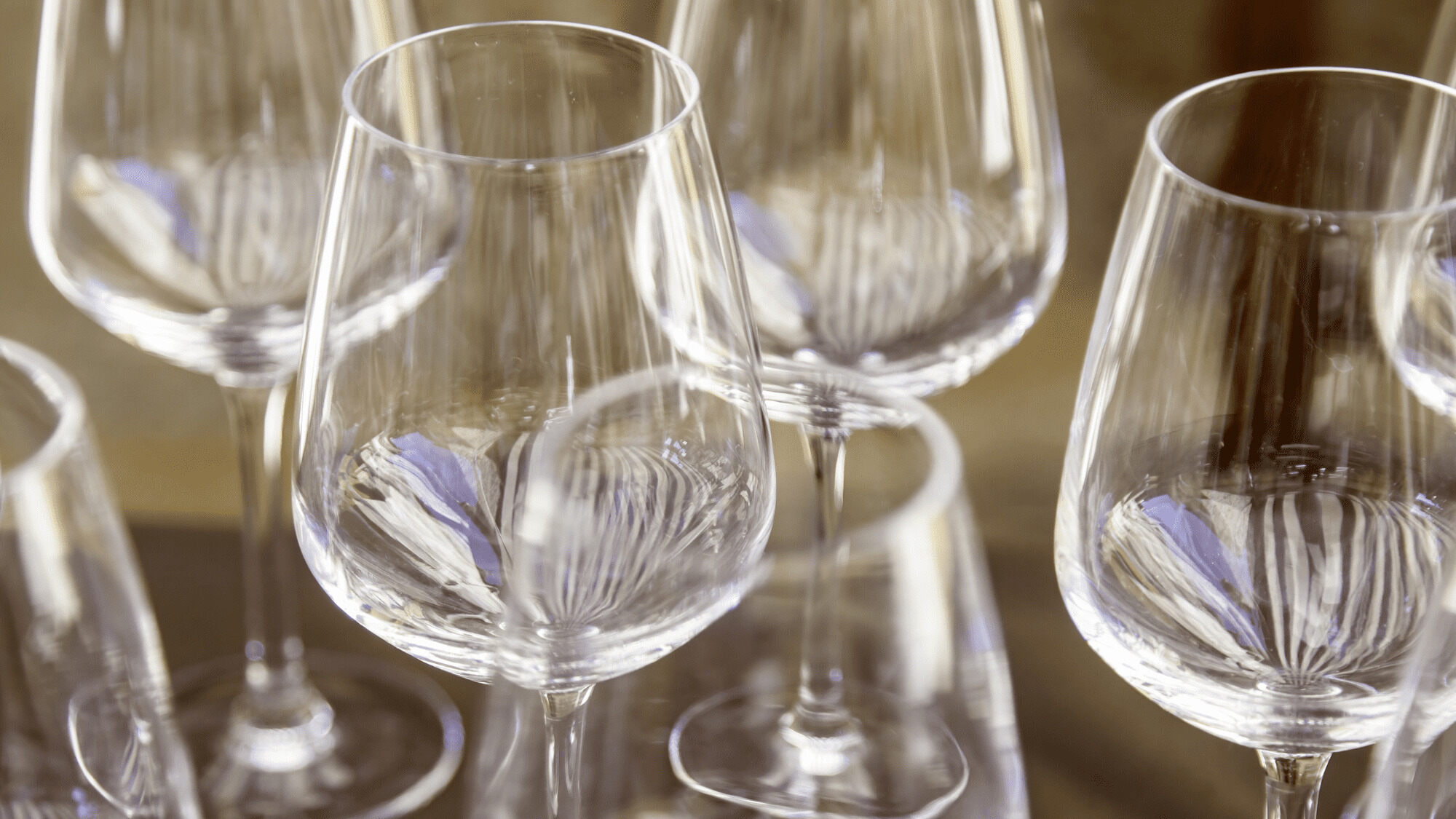

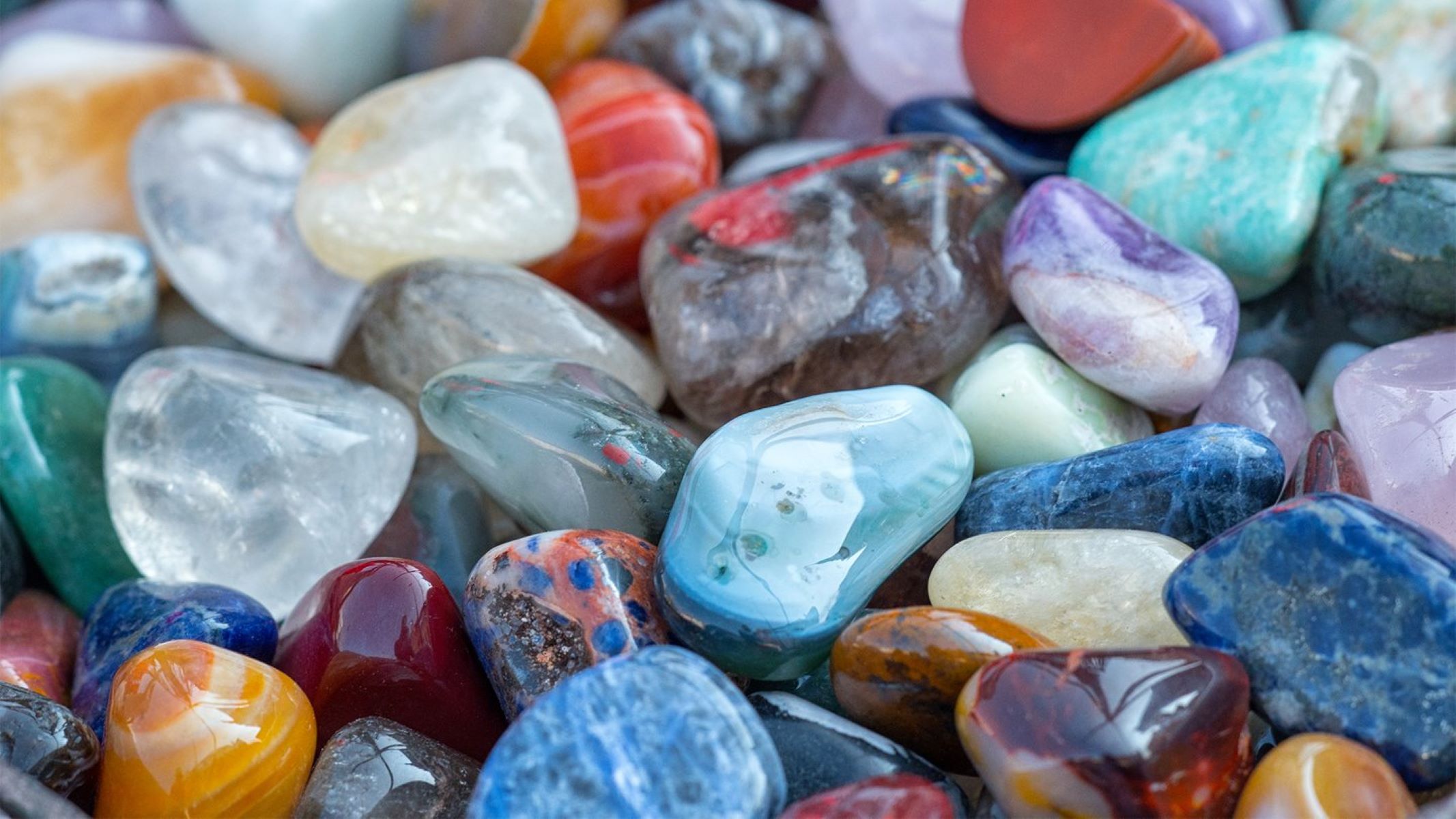

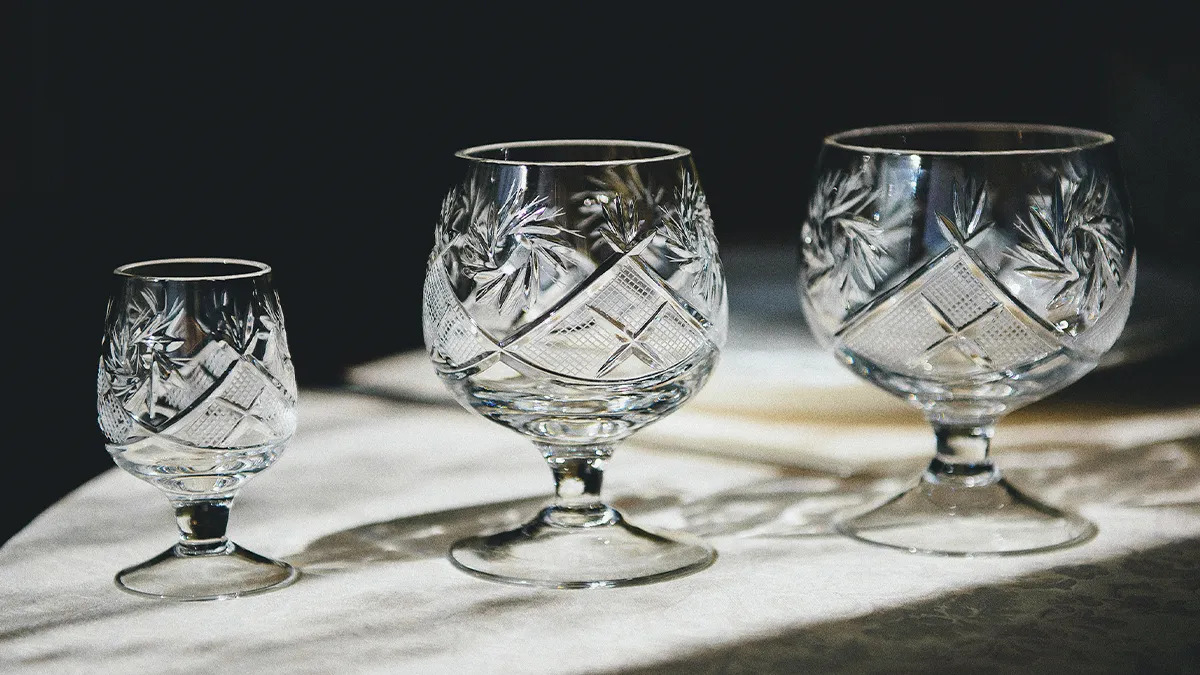
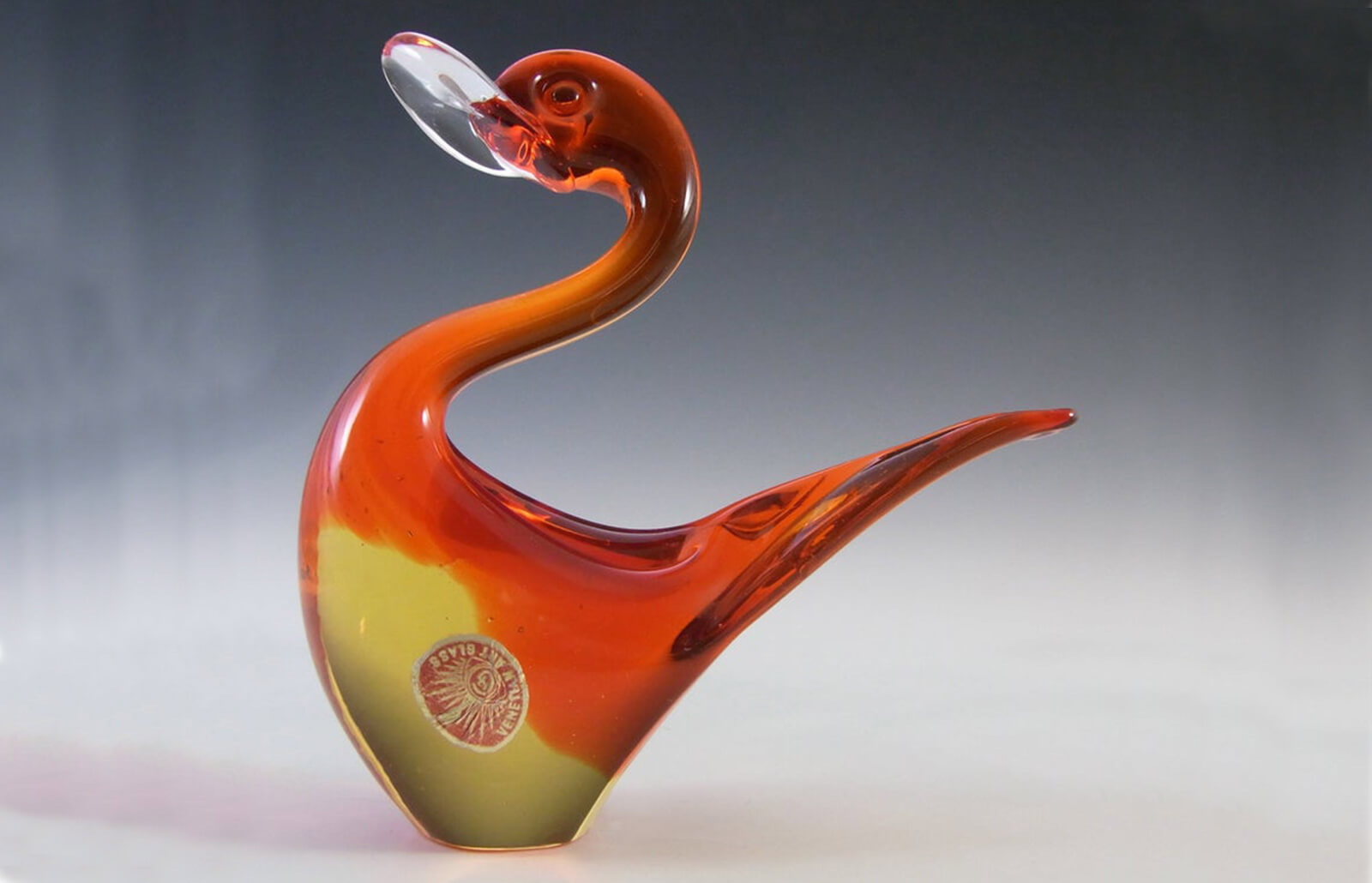



0 thoughts on “How To Tell Real Gemstones From Glass”